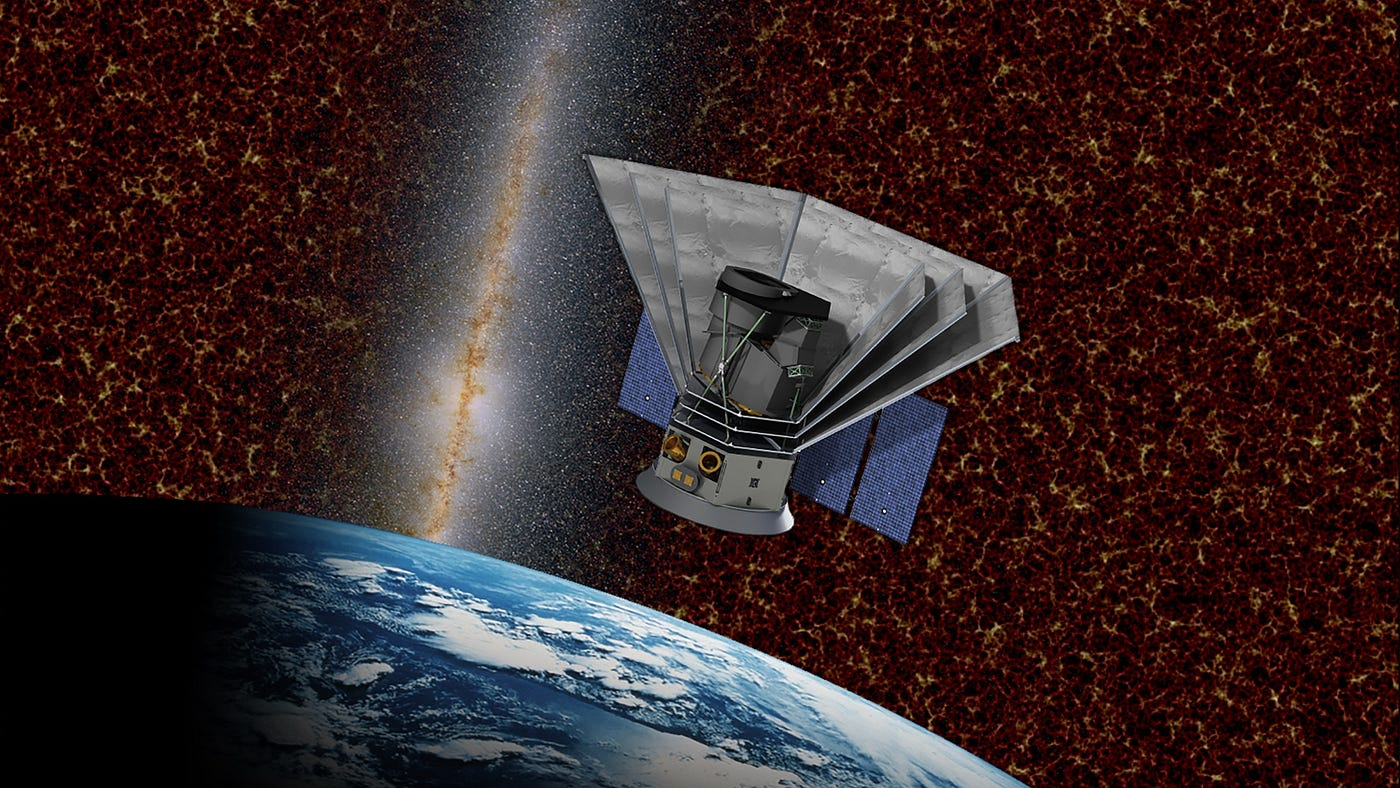zoomacademia.com – Water, the essential substance that sustains life on Earth, has a fascinating origin and cycle. It’s one of the simplest molecules—made of two hydrogen atoms bonded to one oxygen atom—but its creation and movement involve complex processes that span the cosmos and our planet. Let’s explore how water is made.
The Cosmic Origin of Water
Water molecules begin their journey long before they arrive on Earth. Scientists believe that much of the water we use today was formed in space billions of years ago. Here’s how:
- Hydrogen Formation
Hydrogen, the simplest and most abundant element in the universe, was created during the Big Bang around 13.8 billion years ago. This element serves as the backbone for water molecules. - Oxygen Formation in Stars
Oxygen, the other critical element in water, is forged in the hearts of massive stars through nuclear fusion. When these stars die and explode as supernovae, they release oxygen and other elements into space. - Molecular Formation in Space
In the cold vacuum of space, hydrogen and oxygen atoms combine under specific conditions to form water. These molecules often freeze onto dust particles, creating icy grains in interstellar clouds.
Water’s Arrival on Earth
How did this cosmic water end up on Earth? Scientists theorize two main sources:
- Comets and Asteroids
During Earth’s early formation, around 4.5 billion years ago, comets and asteroids laden with ice collided with the planet, delivering significant amounts of water. - Volcanic Outgassing
Water trapped within the Earth’s interior was released through volcanic activity as steam. This steam condensed into liquid water, contributing to the formation of oceans.
The Chemical Process of Making Water
On a smaller scale, the process of creating water is straightforward but rarely occurs naturally on Earth due to the energy required. In the lab or controlled environments:
- Combining Hydrogen and Oxygen
Hydrogen gas (H₂) reacts with oxygen gas (O₂) to form water (H₂O). The reaction is highly exothermic, meaning it releases energy in the form of heat and light:2H2+O2→2H2O+Energy2H_2 + O_2 \rightarrow 2H_2O + \text{Energy}
- Applications of Water Synthesis
This reaction is used in fuel cells to generate electricity and water in clean energy technologies.
The Water Cycle: Nature’s Renewal System
Once on Earth, water undergoes a continuous journey through the water cycle. This natural process ensures that water is constantly purified and redistributed:
- Evaporation
Heat from the sun turns liquid water into vapor, which rises into the atmosphere. - Condensation
Water vapor cools and forms clouds. - Precipitation
When water droplets in clouds grow heavy, they fall to the Earth as rain, snow, or hail. - Collection
Water collects in rivers, lakes, and oceans, or infiltrates the ground to recharge aquifers.
The Future of Water Creation
As fresh water becomes scarce in some regions, researchers are exploring innovative methods to produce water:
- Atmospheric Water Harvesting
Extracting moisture directly from the air using advanced materials. - Seawater Desalination
Turning salty ocean water into drinkable water through processes like reverse osmosis. - Hydrogen Fuel Cells
Generating water as a byproduct while producing clean energy.
Conclusion
The creation of water, whether in the depths of space or through human ingenuity, highlights its miraculous and indispensable nature. From its cosmic origins to its endless cycle on Earth, water is not just a molecule—it’s a lifeline that connects all forms of existence. By understanding and preserving this precious resource, we ensure a sustainable future for generations to come







